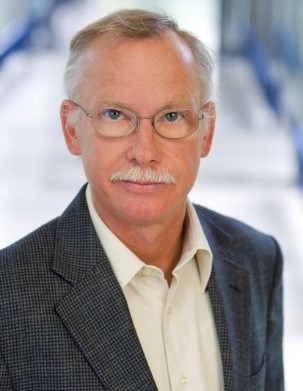Ulrich Hartl is a director at Max Planck Institute of Biochemistry and a Professor at Munich University. He studied intracellular protein transport as a postdoc with Walter Neupert and Bill Wickner. His research focuses on the role of molecular chaperones in protein folding and the mechanisms of diseases associated with protein aggregation. Among his awards are the Lasker Award and the Breakthrough Prize, which he shared with Arthur Horwich.
Co-PI (Core Leadership)
Franz-Ulrich Hartl, MD
Max Planck Institute of Biochemistry
Ulrich Hartl is a director at Max Planck Institute of Biochemistry and a Professor at Munich University. He studied intracellular protein transport as a postdoc with Walter Neupert and Bill Wickner. His research focuses on the role of molecular chaperones in protein folding and the mechanisms of diseases associated with protein aggregation. Among his awards are the Lasker Award and the Breakthrough Prize, which he shared with Arthur Horwich.


